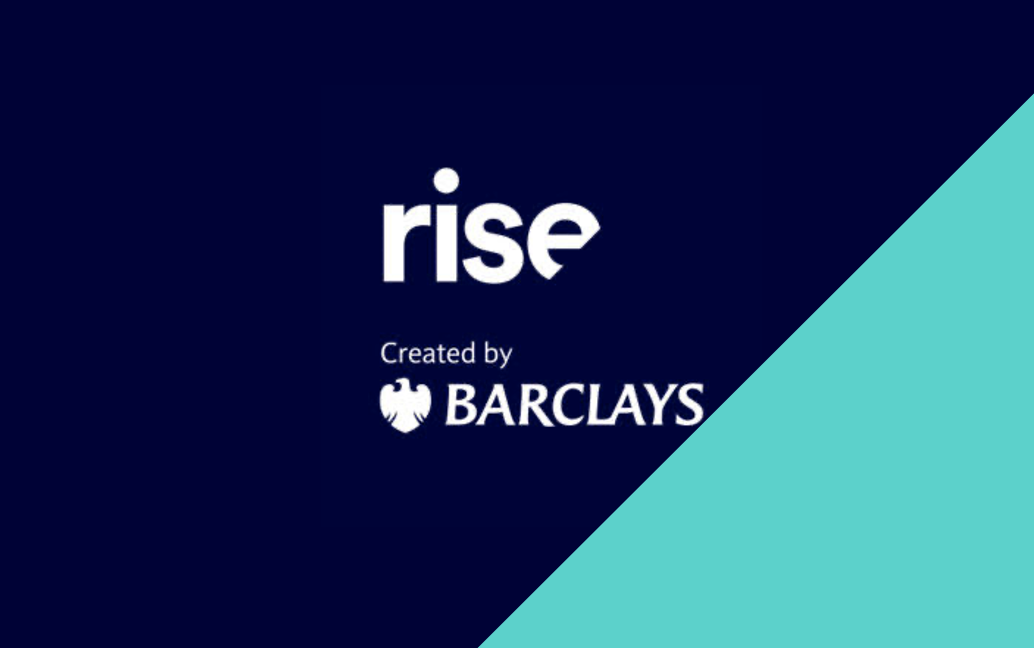Banks’ Responses to Embedded Finance and Banking

WRITTEN BY RISE, CREATED BY BARCLAYS
Rise, Barclays’ FinTech ecosystem, is the #HomeOfFinTech and publishes its regular thought-leadership report, Rise FinTech Insights. This edition focuses on Embedded Finance.
In this article, we explore what Embedded Finance might mean to incumbent banks. It’s an area that’s gaining a lot of traction in both B2C and B2C markets across many sectors. In payments alone, Embedded Finance 2020 revenues were $16.1 billion, but by 2025 they’re forecast to reach $140.8 billion[1].
Banking as a Service
Key enablers of Embedded Finance that impact banks greatly include Banking as a Service (BaaS). This is expected to drive great disruption as new BaaS providers’ and the more innovative banks create new and better infrastructure supporting not only the surge in new payment models and Point of Sale financing that is driving eCommerce but also completely redesigned digital journeys that extend beyond retail into non-financial sectors like healthcare, education, agriculture and music.
Those digital journeys will need to be underpinned by new services that must be always-on, reliable and performant at all times. This will often require a significant uplift to the current technical capabilities of the incumbent banks, which will have to deal with legacy systems that are decades-old and costly to adapt to new propositions. This is possibly why we see incumbents invest so heavily in digital-only propositions and in their tech stacks.
Cloud
Another key enabler is cloud computing and its on-demand and highly elastic and configurable capabilities. Disruptors in this space have varied pedigrees ”“ FinTechs, Big Tech, neobanks and incumbent banks are all leveraging the cloud’s potential to innovate faster at a lower cost and to support newer and better B2B and B2C use cases.
In the drive to take financial services to new heights using cloud technology, FinTech representation is, as you’d expect, healthy and has allowed some startups to scale fast. In the payments space, for example, Adyen and Stripe have built modern platforms designed from the ground-up with the cloud at their core. Traditional banks are keenly aware of the disruption to banking experiences brought by neobanks. They of course rely heavily on the cloud and may be able to leverage this core strength to embed payments and other financial features into third-party, web-based products more easily than many incumbents currently can.
APIs
Finally, let’s consider APIs. They’re what lets a bank extend its reach into the new digital journeys of Embedded Finance. Whether it’s a payment transaction at the end of your taxi ride or a request for an instant personal loan when you purchase a luxury item, there are numerous jobs-to-be-done that culminate in a banking transaction. Research tells us that users are reluctant to move to a different digital site to complete that transaction, and the behind-the-scenes operations of APIs support a better, seamless experience. It’s these frictionless experiences that are king in today’s digital world.
When it’s the cloud or APIs, the developer experience should be paramount to banks. After all, other companies’ developers will be the first consumers of any new service that’s created, and if they struggle with opaque processes, difficult integrations or non-intuitive interfaces, banks will lose the agility and scale that allow them to deliver great customer experiences. FinTech developers must be allowed to experiment easily with safe’ data and sandboxes because, only if they’re in place, will financial institutions be able to co-create value propositions at scale.
Thinking like a FinTech
Embedded Finance means that banks will be collaborating with nimble digital players ”“ quite possibly acting nimbler than banks are traditionally used to. You need to move fast to partner with some of the big retail and tech brands ”“ slow and cumbersome processes may present a challenge. This, in part, is why Barclays has signed the FinTech Pledge.
Ready to collaborate?
Can banks think like FinTechs? At Rise, created by Barclays, we like to think so. If you’re in FinTech and are as excited as we are by these developments, we’d love to hear your ideas and thoughts. Contact your closest Rise team in London, New York or Mumbai to discuss how we can collaborate.
Read more about Embedded Finance and BaaS in the Rise FinTech Insights report.
Visit Barclays API Exchange.
[1] https://www.forbes.com/sites/ronshevlin/2020/08/03/ubers-departure-from-financial-services-a-speed-bump-on-the-path-to-embedded-finance/?sh=790efe967673#484180287673



